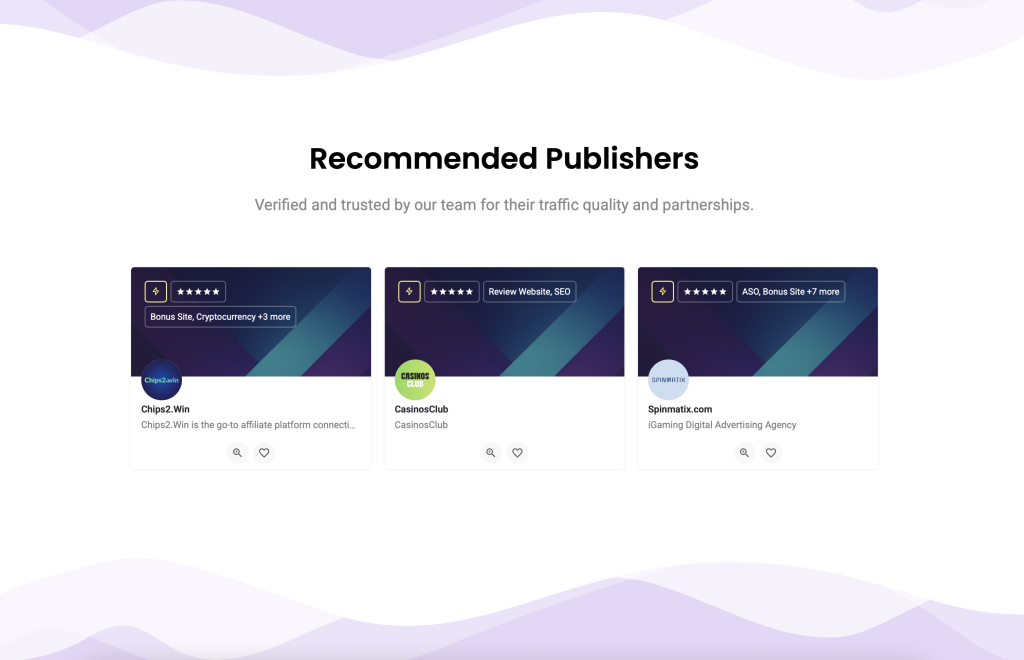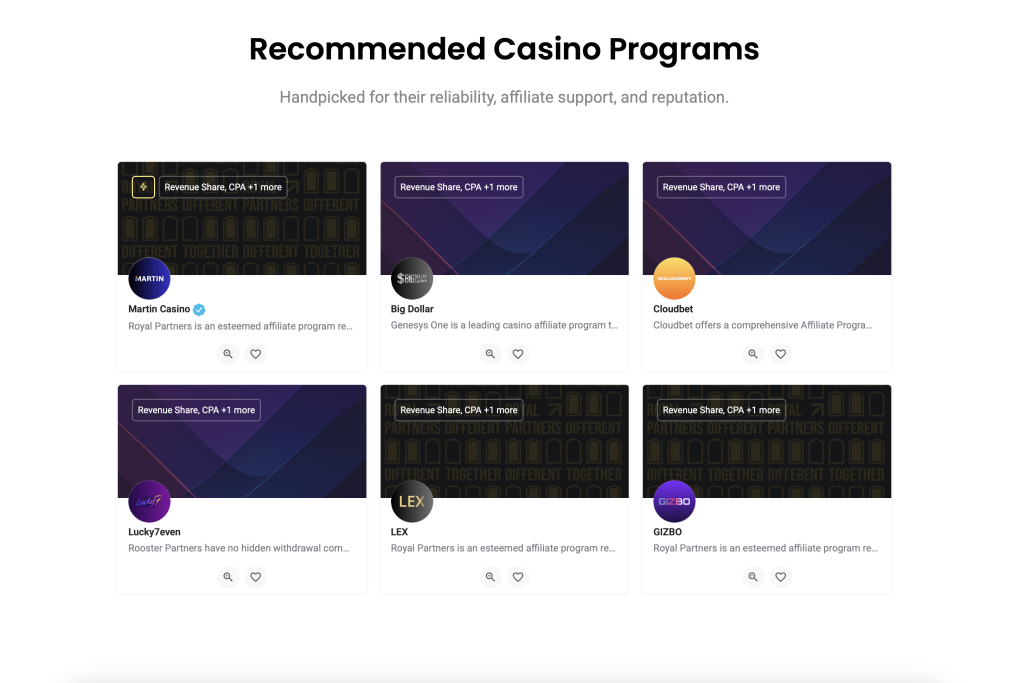-
JoinedJuly 24, 2024
-
Active listings86
- Direct message
Affiverse Media
Affiliate Marketing & Training
Affiliate Network, Other
CLICKADU
iGaming Affiliate
Ad Networks
CasinoAlpha
iGaming Affiliate
Bonus Site
WIS Ltd
iGaming Affiliate
Full Service
OnlineGambling.ca
iGaming Affiliate
Bonus Site
Sports Lens
iGaming Affiliate
Bonus Site
Kadam
iGaming Affiliate
Ad Networks
Lucky Minigames
iGaming Affiliate
Bonus Site


